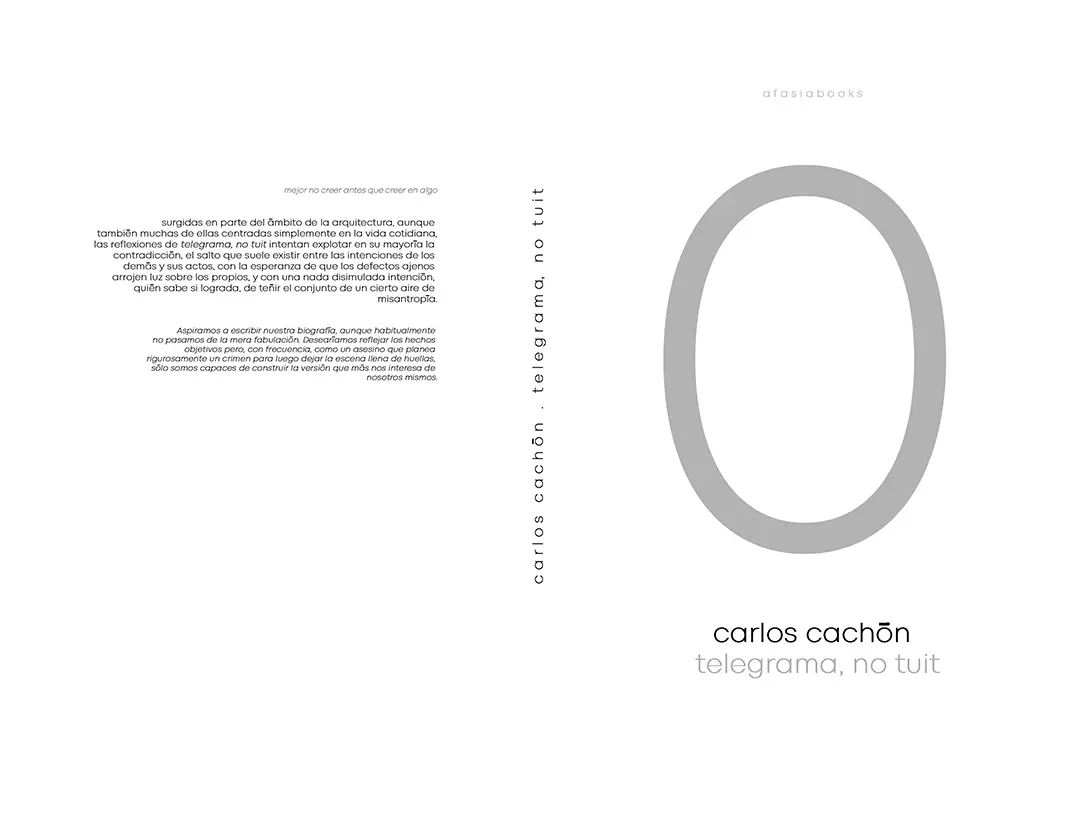
Colucci&Partners Architecture . photos: © Carlotta Di Sandro
Colucci & Partners has recently completed the construction of a new school building in the San Giusto complex in Prato. The school is designed to be a reference point for the entire educational village, situated as the last of several existing institutions and spread over two floors, covering 610 sqm.
On the ground floor, there is a spacious entrance area with double-height ceilings adjacent to the reception, along with five classrooms for regular activities, a soft classroom for students with disabilities, a restroom block, and a staircase leading to the upper floor, where technical systems have been installed. The upper floor includes another five classrooms, a large connective space, a teachers’ room with archives, and additional services.
The school presents itself as a compact architecture that engages with the industrial spirit of the city, choosing to animate the simple, regular volume through a perforated and corrugated metal facade interpreted as a fabric, resting on a base made of modular concrete panels. The recessed openings further define three facades, emphasizing their plasticity and play of light.
The project also includes the landscaping of the outdoor area, with new paving, seating, and trees, allowing students to enjoy a recreational area before and after school hours.
Technology
The building’s structural framework is made of wood using platform technology, for both vertical and horizontal partitions. The foundation consists of a reinforced concrete slab resting on an existing bed of quarry material; the opaque external surfaces are insulated with high-density rock wool panels.
The exterior finish is made of perforated and corrugated metal, except for the base and the frames of the openings, which feature a cladding of aquapanel-type fiber cement, the same as the recesses present on the facades. The choice to use perforated and corrugated metal gives a sense of lightness and transparency to the building while also recalling the industrial appearance of the context, echoing the theme of fabric as an element of Prato’s tradition.
The transparent surfaces are made with thermally broken aluminum frames with low-emission and solar control glazing and a shading system with Venetian blinds inside the glass cavity. Inside the building, natural and eco-friendly materials have been used, such as double-layer gypsum board walls, ceilings with Celenit-type wood fiber panels, and gypsum board sheets. The floors are made of porcelain stoneware, while ceramic materials are used for the bathroom finishes. The interior surfaces are painted with breathable, anti-mold paints.
_
High School within the San Giusto Educational Complex in Prato
Type: Construction of a new building for a high school within the San Giusto Educational Complex in Prato
Architectural Design: COLUCCI&PARTNERS Architecture
Structural Design: H&S INGEGNERIA srl
Systems Design: TECHNOLOGIES 2000 srl
Safety Coordinator: Arch. Matteo Ferrini
Casaclima Consultant: Ing. Mirko Giuntini
Year of Design: 2020
Completion Date: September 2024
Location: Prato (PO)
Gross Area: 1189 sqm
Suppliers: CELENIT S.p.A. (interior ceilings), METRA S.p.A. (glazed exterior fixtures), SINKO SRL (bathroom partitions), NOVOFERM SCHIEVANO S.R.L. (internal doors), MITSUBISHI ELECTRIC ITALIA (air conditioning system)
Contractor: E.CO.RES. srl
Wood Structure Contractor: Greenwood srl
Photos: Carlotta Di Sandro
Lo studio Colucci &Partners ha recentemente concluso la realizzazione di un nuovo edificio scolastico nel polo San Giusto, a Prato. La scuola pensata punto di riferimento per l’intero villaggio scolastico, sorge come ultimo tra diversi istituti esistenti e si articola su due piani, coprendo 610 mq. Al piano terra si apre un ampio spazio di ingresso con altezza a doppio volume, in adiacenza alla portineria, oltre a 5 aule per le attività ordinarie, ed un aula morbida per i ragazzi con disabilità, un blocco bagni, un corpo scala di accesso al piano superiore al di sotto del quale sono stati sistemati gli impianti tecnici; al piano superiore altre 5 aule, un ampio spazio connettivo, la sala insegnanti con archivio e i servizi. La scuola si presenta come un’architettura compatta, che si pone in dialogo con lo spirito industriale della città, scegliendo di animare il volume semplice e regolare attraverso un rivestimento in lamiera forata e ondulata interpretato come un tessuto, e calato sullo zoccolo di basamento in pannelli modulari in cls. Le strombature definiscono ulteriormente 3 prospetti, enfatizzandone la plasticità e i giochi di luce. Il progetto ha inoltre previsto la sistemazione dell’area esterna, con una nuova pavimentazione, sedute e alberature, così da permettere ai ragazzi di godere di una zona di sosta, prima e dopo l’orario scolastico. tecnologia La struttura portante dell’edificio è in legno con tecnologia platform, sia per le partizioni verticali che orizzontali, per la fondazione invece è stata realizzata una platea in c.a. che si appoggia su un fondo esistente di materiale arido di cava; le superfici esterne opache hanno un isolamento con pannelli di lana di roccia ad alta densità. La finitura esterna è realizzata in lamiera forata e ondulata, tranne per la parte basamentale e le cornici delle aperture che presentano un rivestimento con pannelli in fibrocemento tipo aquapanel, lo stesso per le rientranze presenti sulle facciate. La scelta di utilizzare la lamiera forata e ondulata conferisce un senso di leggerezza e di trasparenza all’edificio ed inoltre richiama l’aspetto industriale del contesto, riprendendo il tema del tessuto quale elemento della tradizione pratese. Le superfici trasparenti sono realizzate con infissi esterni in alluminio a taglio termico con vetri basso emissivi e a controllo solare e sistema di schermatura a veneziane all’interno della camera del vetro. All'interno dell'edificio sono stati utilizzati materiali naturali ed eco-compatibili quali pareti in cartongesso a doppia lastra, controsoffitti con pannelli in fibra di legno tipo Celenit e in lastre di cartongesso. Le pavimentazioni sono in gres, mentre per i rivestimenti dei bagni materiale ceramico. Le superfici interne sono tinteggiate con pitture antimuffa e traspiranti.

































